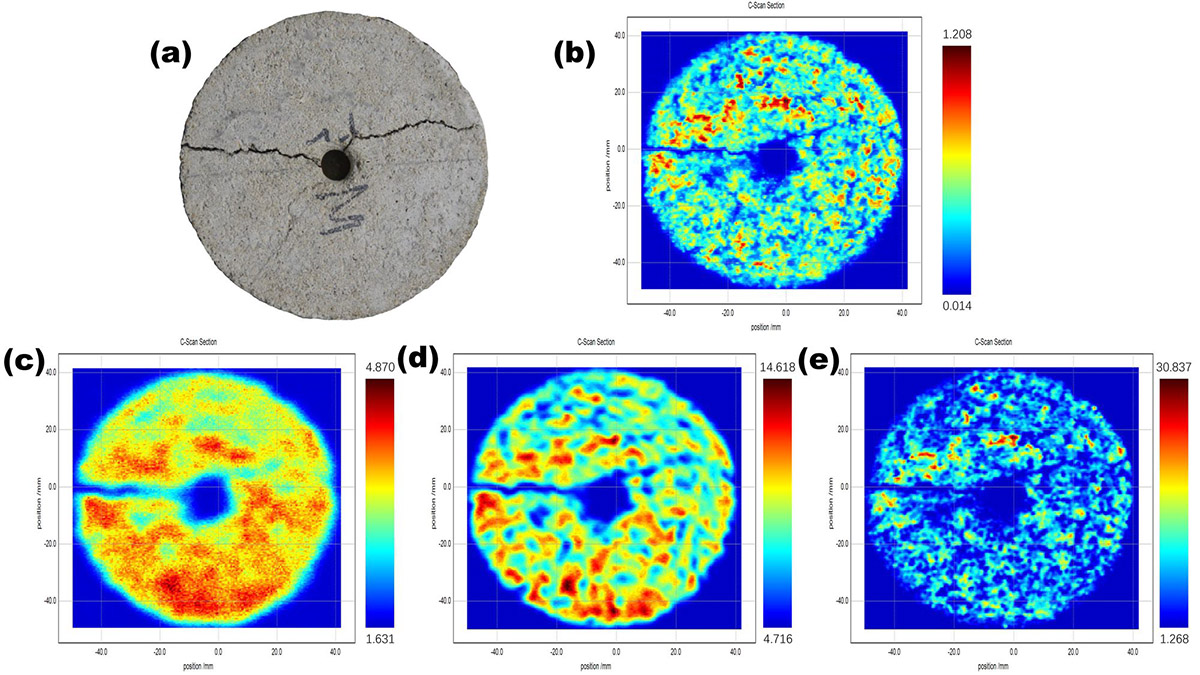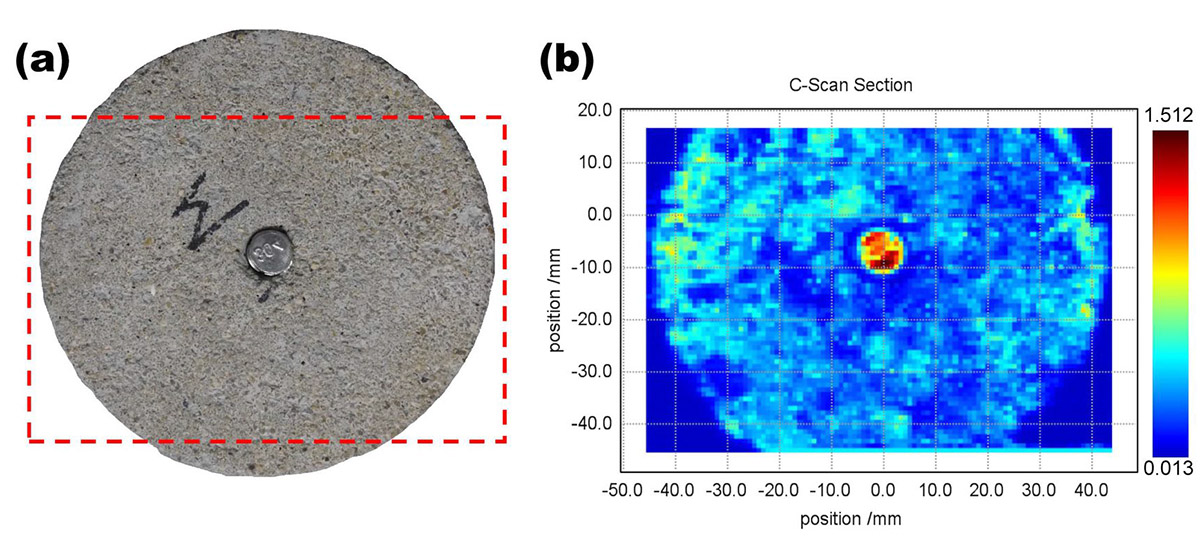Terahertz technology growing in popularity in building material industry
Nowadays building materials have become ubiquitous, and as we are constantly surrounded with them in one way or another, they have come to play an important role in our daily life. Hence, it is in our best interest that their quality should not be compromised, and THz technologies can be of great help in making certain of that. One significant aspect of quality control in production of construction materials is identifying potential cracks in cement-based composites and on mortar and concrete surfaces. Although to serve this purpose there currently exist proven NDT methods like ultrasonic inspection, infrared (IR) thermography, X-ray microtomography and laser scanning, they all have their limitations. For instance, ultrasonic technique cannot be used in noisy environment, IR thermography is deficient in sensing small voids, X-rays can pose a serious health risk, and laser technologies are typically optimized for detection of defects over 10 mm in size.
Fortunately, THz technology is free of all aforementioned restrictions. In fact, a group of Chinese researchers have published an article — “Terahertz Non-destructive Imaging of Cracks and Cracking in Structures of Cement-based Materials” where they describe how a THz time-domain (TD) method can be used to detect cracks in mortar building materials.
It has been shown that crack opening and propagation can be sensed with THz imaging instrumentation operating in reflection mode. As an example, Picture 1 shows the cracked surface of a mortar sample as it appears in THz light at 100 GHz (c), 200 GHz (d) and 500 GHz (e) compared to the reference image obtained by the TD method (b). The given technique can likewise be used for inspection of a concrete surface coated with heat insulation.

Importantly, in addition to the post factum detection of cracks, THz technology enables visualization of a surface area under strain prior to initiation of a crack. As internal stress in cement structure alters its reflective property, it leads to a measurable change in reflected THz radiation. For the purpose of illustration, Picture 2 displays the test sample in visible spectrum (a) and in THz light (b) before the application of mechanical stress. Then, Picture 3 shows three images of the same sample subjected to progressive loading, from the initial zero-load state (d) to the point of maximum loading resulting in a fully formed crack (f). The red dashed lines mark the regions with cracks, where the reflection of THz light can be seen to diminish with increasing loading.


Another case in point is production of such building materials as insulation plates made of mineral wool, Styrofoam or PU foam, where more and more manufacturing companies resort to fast and safe THz methods for non-destructive quality-control of their products. As these materials provide for high transmission of THz light, modern THz NDT technologies become an ideal solution for easy and efficient detection of foreign particles in mineral wool, or large air caverns in foamed plates—the kinds of flaws that could potentially undermine the performance of such materials or even lead to mechanical damage of entire building structure.
For this particular type of application TeraSense has adapted its famous High-Speed 100-GHz Linear Scanner to industrial scale by extending its scanning width to 512 pixels (768 mm). Moreover, as an add-on option, the wave source and the camera are now also available in a dustproof housing. This is a new step towards practical application of TeraSense technologies in various industries since the new version of a linear scanner can be readily integrated into any similar conveyor-based streamline production.